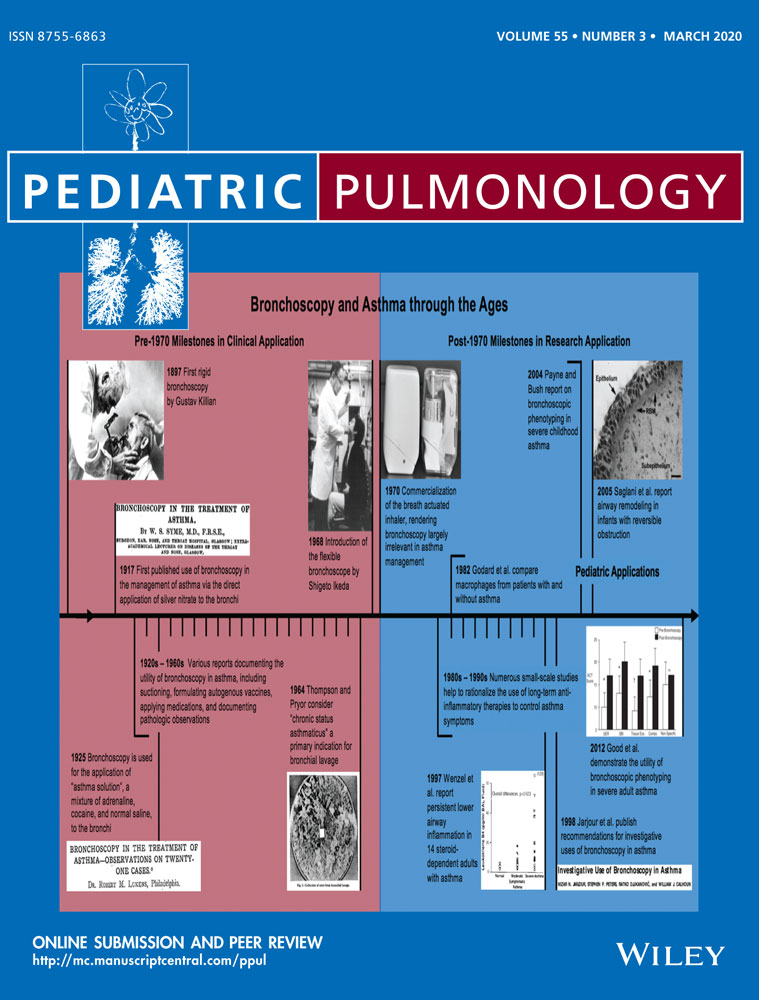Preterm prelabor rupture of membranes prior to early preterm delivery elevates the risk of later respiratory-related hospitalizations in the offspring
Abstract
Objective
Preterm prelabor rupture of membranes (PPROM) precedes 30%-40% of all preterm births. Early preterm delivery (<34 gestation weeks) is a well-established risk factor for short- and long-term respiratory morbidity in the offspring. We aimed to ascertain whether the presence of PPROM, before early preterm delivery, independently impacts long-term respiratory hospitalizations in the offspring.
Study Design
A population-based retrospective cohort analysis was performed including all singleton early preterm deliveries. Exposure was defined as the presence of PPROM. Hospitalizations of the offspring up to the age of 18 years involving respiratory-related morbidity were evaluated. A Kaplan-Meier survival curve and multivariable Cox regression model were used to assess the association.
Results
During the study period, 3309 early preterm deliveries met the inclusion criteria. In 22.4% of cases (n = 742), PPROM was documented. Rates of respiratory-related hospitalizations of the offspring up to the age of 18 years were significantly higher in the exposed group (12.5% vs 9.4% in the unexposed group, P = .023). The survival curve demonstrated significantly higher cumulative incidence of respiratory hospitalizations in the exposed group (logrank P = .018). In the Cox regression model controlled for gestational age, and other clinically relevant confounders – PPROM before early preterm deliveries was independently associated with an increased risk for long-term childhood respiratory-related hospitalizations in the offspring (adjusted hazard ratio 1.40, 95% confidence interval, 1.05-1.87, P = .021).
Conclusion
Fetal exposure to PPROM before early preterm delivery was associated with an increased risk for long-term respiratory hospitalizations in the offspring.
CONFLICT OF INTERESTS
The authors declare that there are no conflict of interests.




